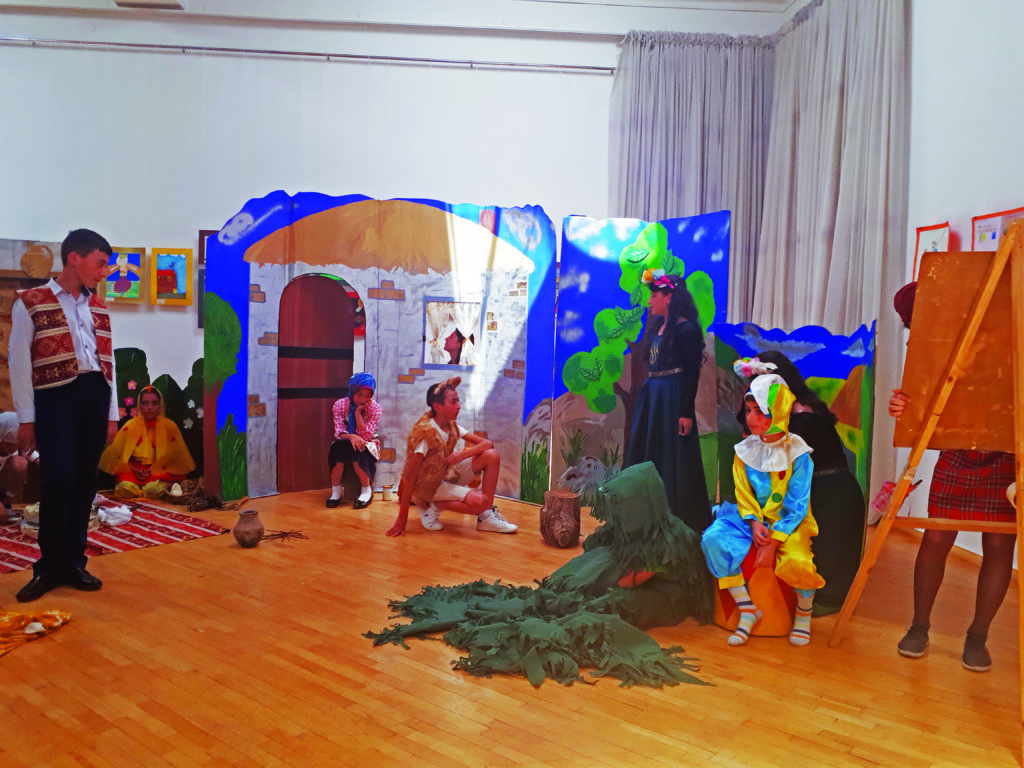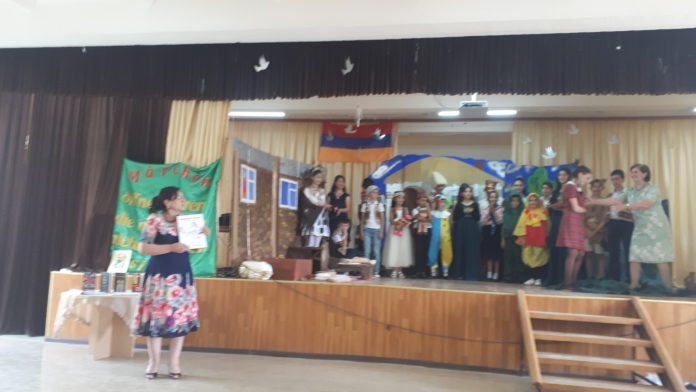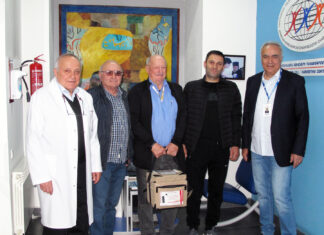BERLIN/YEREVAN — This year Armenians in the Republic and in the diaspora are celebrating the 150th birthday of Hovhannes Tumanyan (1869-1923), a beloved national poet. Known for his vast literary output including ballads, poems, fables and essays, he is best remembered for his fairy tales. One first encounters such magical stories in childhood, but the vivid memories remain through adulthood, and in later years may be shared with children and grandchildren.
Tumanyan searched through the legends and sagas, fables, humorous tales, allegories and anecdotes of his native Armenia and unearthed an immense literary treasure. But he looked into the traditions of other cultures as well, and translated Russian, Indian, Japanese, Irish, Italian and Persian fairy tales into Armenian. The genre of fairy tales thus became a vehicle for cultural dialogue.
His relationship to German literature was very special. In the Tumanyan Museum in Yerevan one can find works by the Grimm brothers, Jakob (1785-1863) and Wilhelm (1786-1859), the groundbreaking philologists who assembled and published the authoritative collection of German folklore, as well as works collected by Ludwig Bechstein. Tumanyan not only translated several of Grimms’ fairy tales, but also picked up themes from them that he developed in his own works; for example, the sly fox in “King Chach-Chah” is a kindred spirit of the “Puss in Boots,” “The Girl without Arms” reminds us of Grimm’s “Girl without Hands,” and in “Kadj Nazar” we recall “The Valiant Little Tailor.”
Now a new volume of 20 fairy tales has appeared in German translation by writer and translator Agapi Mkrtchian and professor Helmuth R. Malonek. The book, Armenische Märchen – Howhannes Tumanjan, was released in May, published by the Wolfgang-Hager-Verlag in Austria. It is 100 pages long and contains 20 color illustrations, paintings done by Armenian and German schoolchildren on themes from the fairy tales.

Why Fairy Tales?









